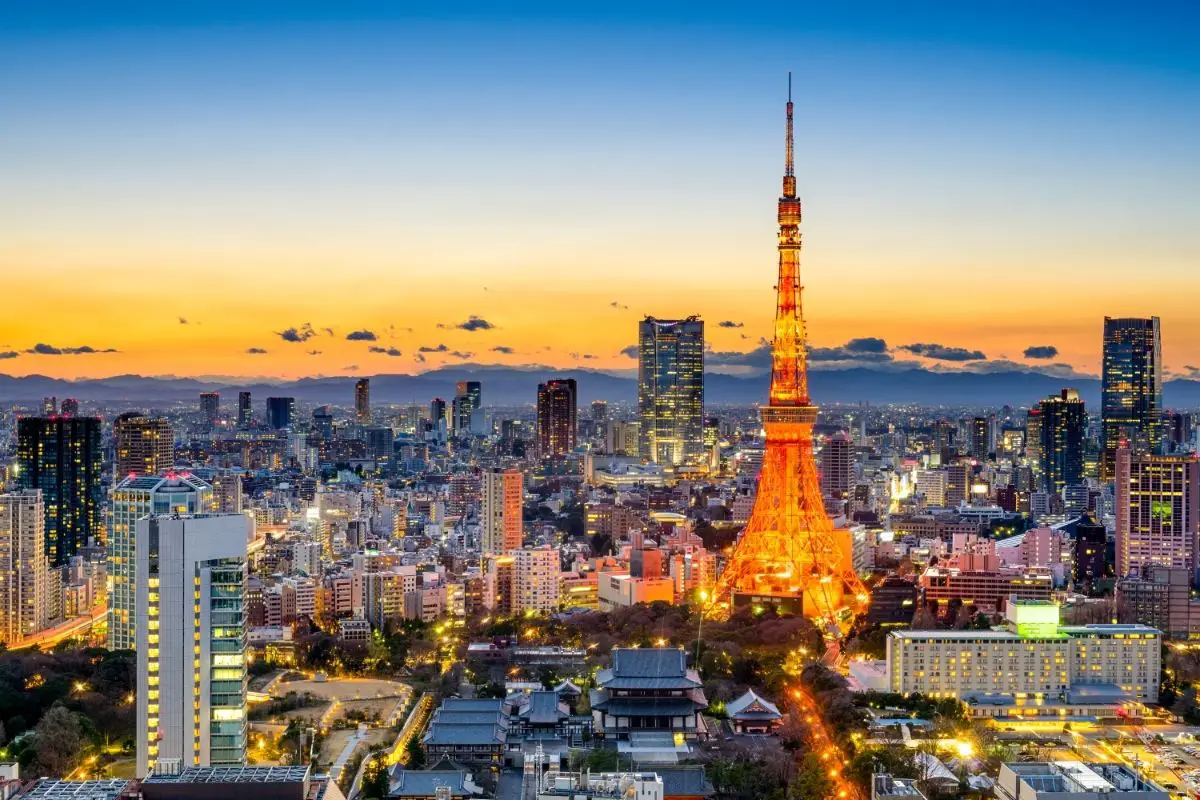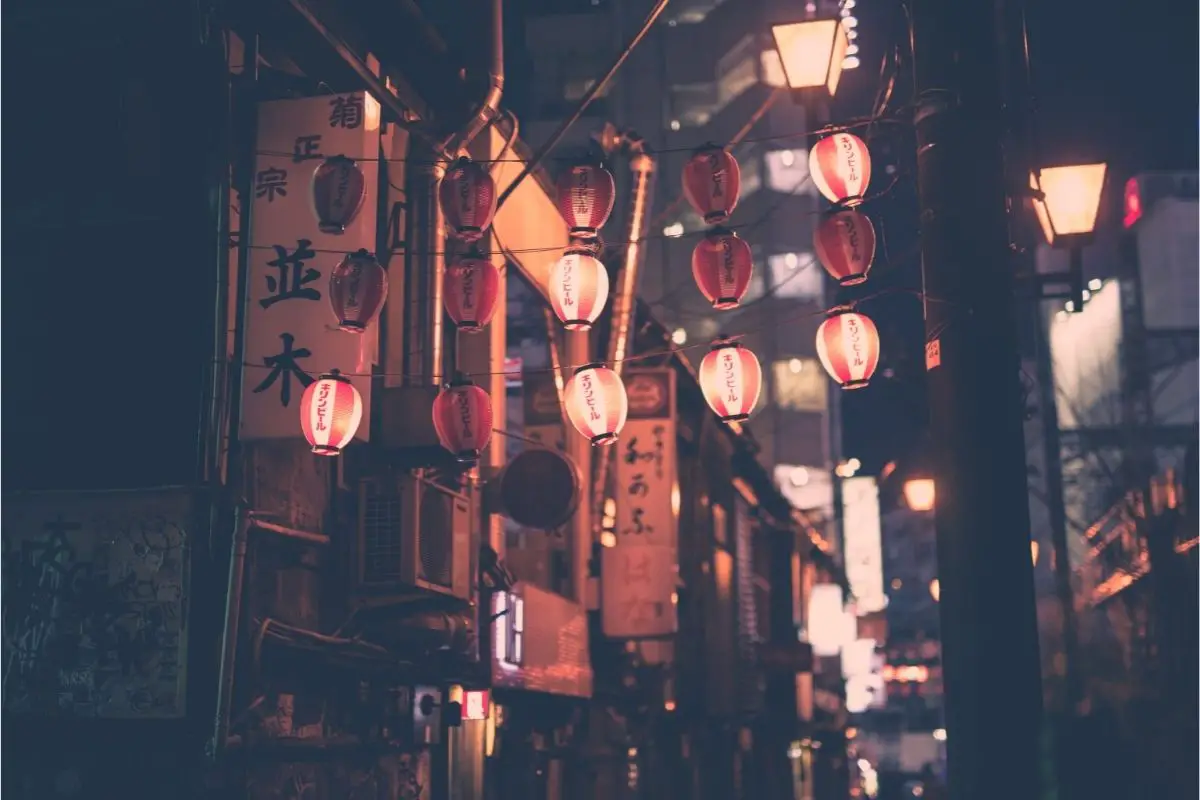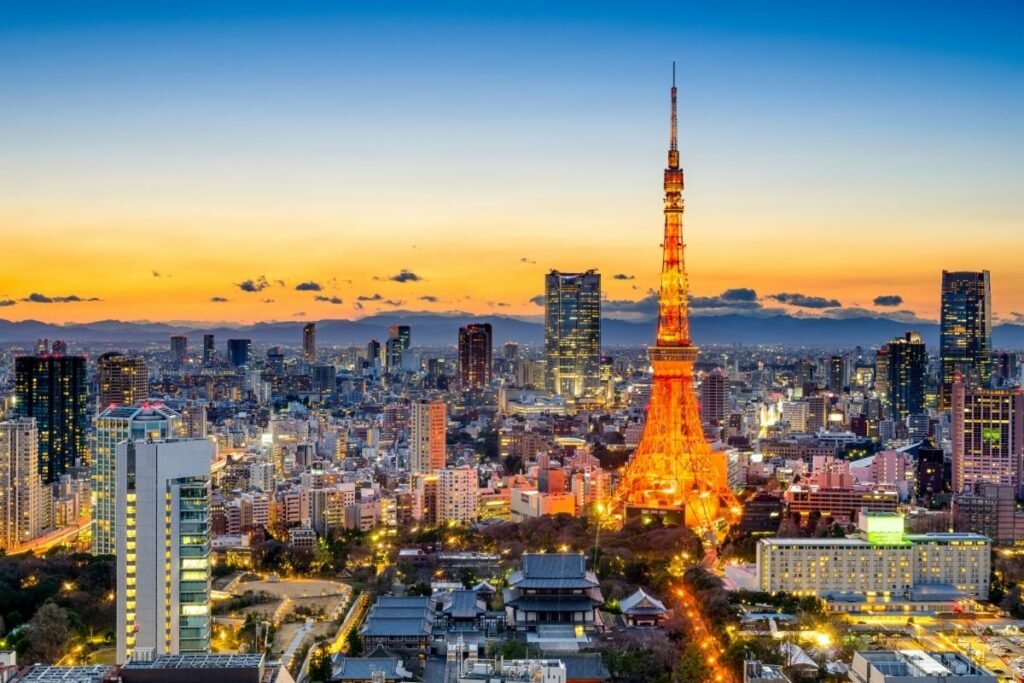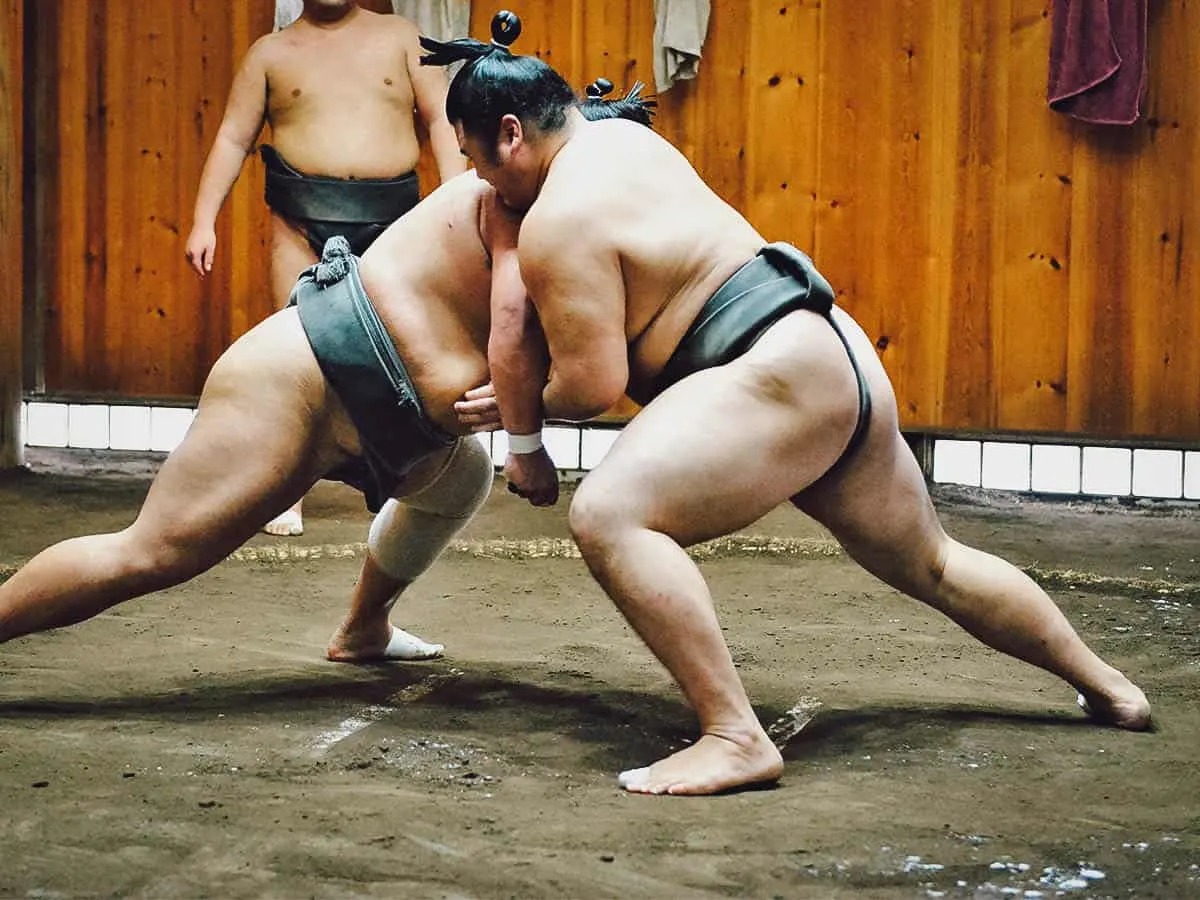Japan should be an entry on your travel bucket list. It’s a beautiful country, stooped in fascinating history and unique culture.
It boasts an impressive 21 UNESCO sites, vast natural landscapes and gorgeous mountains, delicious cuisine, and impressive technology.

You’re sure of a fantastic welcome because Japan’s locals are well-known for being polite and friendly, with great enthusiasm for providing a five-star experience to their tourists.
There’s so much to see and do in Japan – whether you’re hitting the shops and watching a sumo wrestling match in the bustling capital of Tokyo, or taking a breath-taking tour of stunning Mount Fuji (see also, ‘Can You See Mt. Fuji From Tokyo‘), you’ll have the time of your life.
But when should you visit Japan? No matter what time of year, there’s always a huge array of things to do, so it’s worth thinking about what you want to get out of your amazing trip to the land of the rising sun.
Our guide will help you decide when to visit Japan depending on your individual preferences.
The High Season (April, May, August)
Cherry-blossom season takes place in April, May, and August.
These are the months that Japan will be at its busiest and prices highest when tourists flock from all over the globe to spot the beautiful pink glow that falls over the country as its national flower, the cherry blossom, blooms at large.
Flights and accommodation tend to be much pricier at this time of year, not only because of the cherry-blossom season but also because lots of incredible festivals take place and mountain activities are at their peak.
The Shoulder Season (June, July, September to November)
June, July, and September through to November mark hiking season in the Alps. It’s the perfect time to take a trip to Japan if you love being outdoors.
It’s still relatively busy throughout the shoulder season, as lots of tourists come to enjoy the astonishing natural beauty that Japanese fall brings with it.
September through November means that cities will be cooler, too, so you’ll be able to handle long days shopping for unique goods in Japan’s vibrant cities.
Low Season (December – March)
The low season is when Japan is at its quietest on the tourism front, so you’ll find cheaper flights and accommodation from December through to March.
Cities are less crowded, but ski resorts (see also ‘Best Ski Resorts In Japan‘) will be extra busy around this time of year due to the appearance of Japan’s famous powder snow.
That’s why the low season is the perfect time for ski and snowboard enthusiasts who don’t mind crowds – the snow-topped mountains are at their most stupefying in the Winter months.
What To See And Do In Japan
Now we’ve had a look at what’s in store for travelers to Japan during the high season, shoulder season, and low season. Let’s discover what there is to see and do month by month in Japan.
January
In January, following a widespread close-down of businesses across New Year, Winter wraps Japan (see also, ‘When is Winter in Japan?‘) in beautiful powder snow, and the mountains come to life.
Ski season is in full swing, with snow sports lovers (see also, ‘What is the National Sport of Japan?‘) from all over the world coming together to hit the magnificent Japanese slopes.
Major events include Shōgatsu, which is the Japanese word for New Year, where you can expect lots of celebrations across all cities, and Coming-of-Age Day.
February
February is the busiest month for ski resorts, and it has the coldest weather of the year (not great for people who love the sun!). Major events include Plum-Blossom Viewing, Setsubun Matsuri, Mantōrō, and Yuki Matsuri.
March
sankan-shion is the Japanese phrase that means “three days cold and four days warm” and this perfectly describes the month of March in Japan. Spring is on its way, but it’s still pretty cold across the country.
Flights and accommodation will be cheaper in March, but the weather might be a little sporadic. Major events include Anime Japan and Hina Matsuri.
April
Cherry-blossom season is here! Cherry blossoms (see also ‘What Do Cherry Blossoms Symbolize?‘) start to bloom all across the country, bringing with them a huge number of tourists.
The weather is warmer in April, but the big cities (especially Kyoto) start to become very busy and crowded. Major events include Cherry-Blossom Viewing and Takayama Spring Matsuri.
May
Cherry-blossom viewing is still in full swing and the weather is heating up rapidly in May. Spring has blessed the country with lush green landscapes and stunning mountain views.
It’s one of the best months to visit Japan and its fantastic scenery, but be aware that crowds will also be in full force at this time of year. Major events include Golden Week, Roppongi Art Night and Sanja Matsuri.
June
The weather is still great throughout the beginning of June, but tsuyu (rainy weather) begins at the back end of June.

Once the snow on the mountains has begun to melt, it’s time for hikers to come out and explore the phenomenal Japan Alps (see also, ‘Best Time to Ski in Japan‘).
July
Summer sets in after tsuyu, and the weather heats up considerably. Big cities like Tokyo will be extremely humid and crowded, but it’s great for travelers who enjoy a hot summer holiday.
A fun-filled trip to the Japan Alps can alleviate high temperatures, and there’s lots and lots to do in Japan this month.
Major events include dragon-boat races, the Fuji Rock Festival, the Mount Fuji climbing season, Gion Matsuri and Tenjin Matsuri.
August
August is the month where lots of festivals take place in Japan. Expect very crowded cities, beaches and mountains (see also ‘Best Beaches In Japan‘).
Lots of Japan locals are holidaying too, so not only are there lots of tourists, the Japanese are also traveling across cities.
Transportation in Japan is very efficient, but will be crowded and hot throughout the month of August.
Major events include World Cosplay Summit, Summer Fireworks Festivals, Sendai Tanabata Matsuri, Nebuta Matsuri, Festival of the Dead, Peace Memorial Ceremony, Rōsoku Matsuri, Awa-odori Matsuri, Daimon-ji Gozan Okuribi and Earth Celebration (see also ‘How is Omisoka Celebrated?‘).
September
The weather is still pretty hot during September, but travel and hotels are less expensive.
It’s a fantastic time to enjoy the many cultural experiences and beautiful scenery on offer in Japan, with less crowds and easier transit across cities and towns.
Major events include Moon viewing, Jōzenji Street Jazz Festival and Kishiwada Danjiri Matsuri.
October
The weather is warm but much more manageable to enjoy city excursions! The evenings are cooler, and fall nature begins to decorate the Japan Alps, providing sensational views.
Hotels and flights will also be much cheaper in October, making for a more affordable trip.
Major events include Halloween (see also ‘Do They Celebrate Halloween In Japan?‘), Oktoberfest, Matsue Suitōro, Asama Onsen Taimatsu Matsuri, Kurama-no-hi Matsuri, and Arts Festivals.
November
November is the last month of the shoulder season and is marked by much cooler weather and the start of snowfall in the mountains.
Fall is in full force and a gorgeous array of red and gold foliage adorns the country. For a more affordable vacation and spectacular scenery, November is the time to visit Japan.
December
December might be pretty cold and snowy, but Japan celebrates the month of Christmas and New Year in serious style.
Huge parties are thrown and bars are packed, with outlandish seasonal decorations enhancing the vibrancy and liveliness of the main cities.
You might even decide to partake in the Japanese tradition of eating KFC as Christmas dinner. Major events include Luminarie, Toshikoshi Soba, Joya-no-Kane.
Final Thoughts
Japan is a beautiful, lively country with a vast array of fun activities and cultural beauties to explore. From the bustling cities to the stunning mountains, Japan is a must-see once-in-a-lifetime trip.
No matter what month you decide to set off on your Japanese adventure, you’ll have a fantastic time and want to come back.
It’s important to think about what you want to get out of your trip to Japan, and hopefully, this guide has helped you decide when to organize your amazing vacation.









